Can I Observe Moon and Planets with Binoculars?
Contents
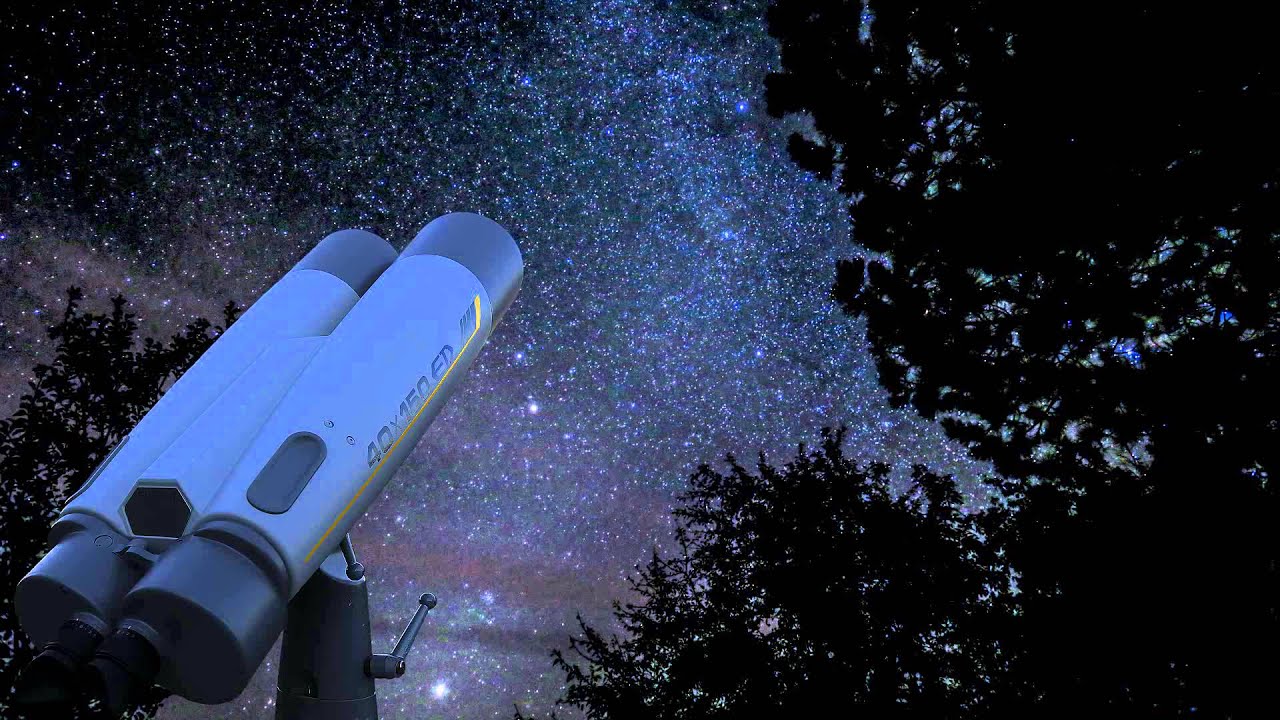
I love observing moon and planets with my children. Especially we love observing the moon.
It’s really very interesting and we enjoy it a lot. You can do it in different ways.
You can use standard binoculars, power binoculars, monoculars, telescopes.
So, it’s really up to you which optical instrument to use to observe moon, planets or constellations.
But there is a reality that we have to accept and considering this reality I want to give some recommendations so you can choose the right optical instrument for your astronomical observations.
If you have some experience with optics you probably know what type of optical instrument to choose.
But if your experience is limited then I want to help you get exactly what you need.
For observing moon, planets or constellations you need something specific.
I’m going to explain what you can expect from each type of optical instrument so you can make the right decision.
What Can you See with Astronomy Binoculars?
Magnification 8x, 10x
Binoculars with magnification 8x or 10x have a wide field of view and are reasonably powerful.
They are good for observing nature or for hunting.
For astronomical observations they are not the best choice.
You can see craters on the moon but this type of binoculars are not powerful enough.
The image of the moon will not be big enough to see the details of the moon.
For planets this power is not enough at all, not to mention constellations.
In my opinion, 8x or 10x magnification is not for astronomical observations.
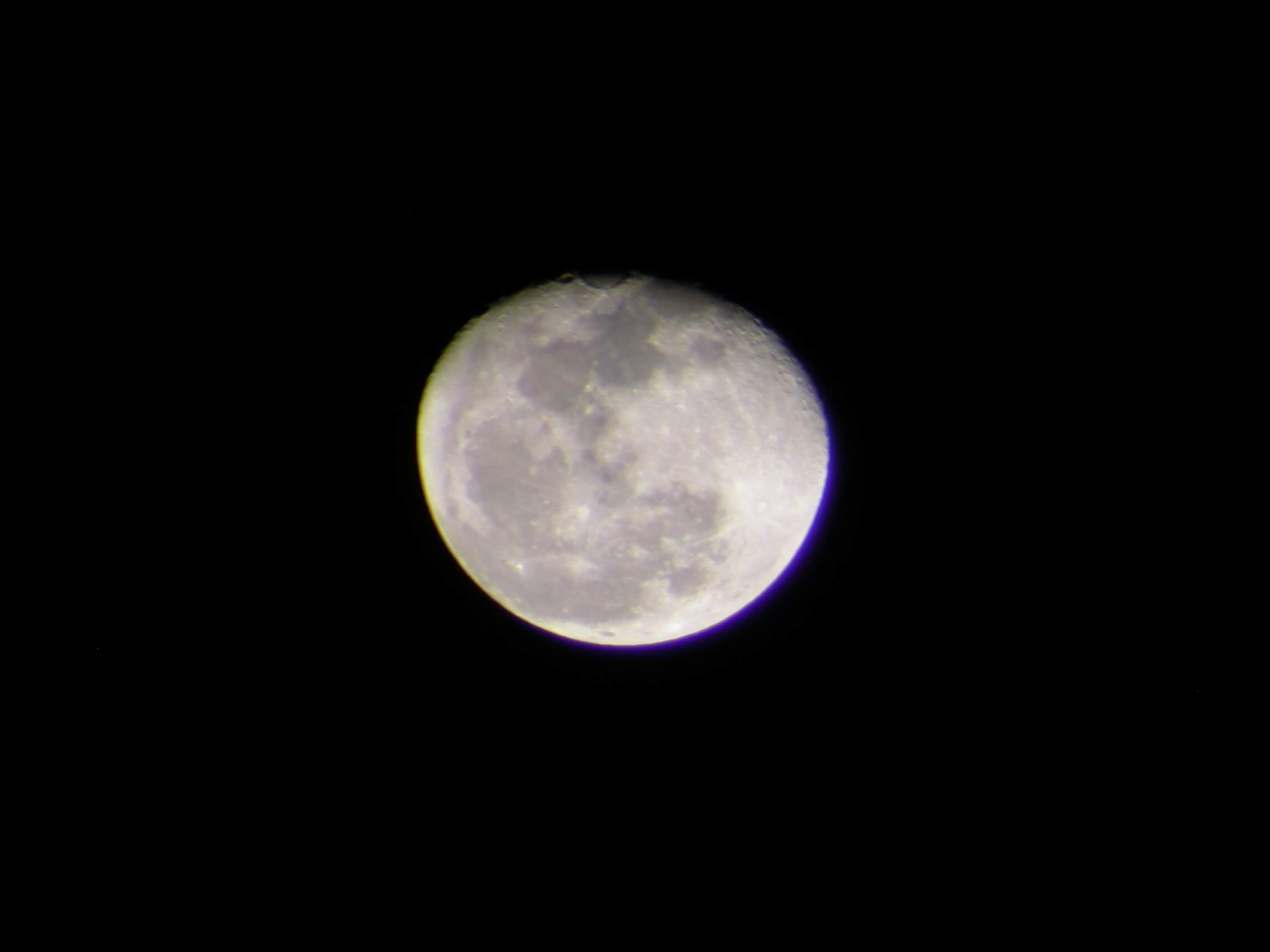
Magnification 12x
Magnification 12x is more powerful and you can see bigger details and craters on the moon.
It delivers a little better experience in terms of astronomical observations.
As a user of optical instruments with different magnification power I can say 12x is not bad but still not powerful enough.
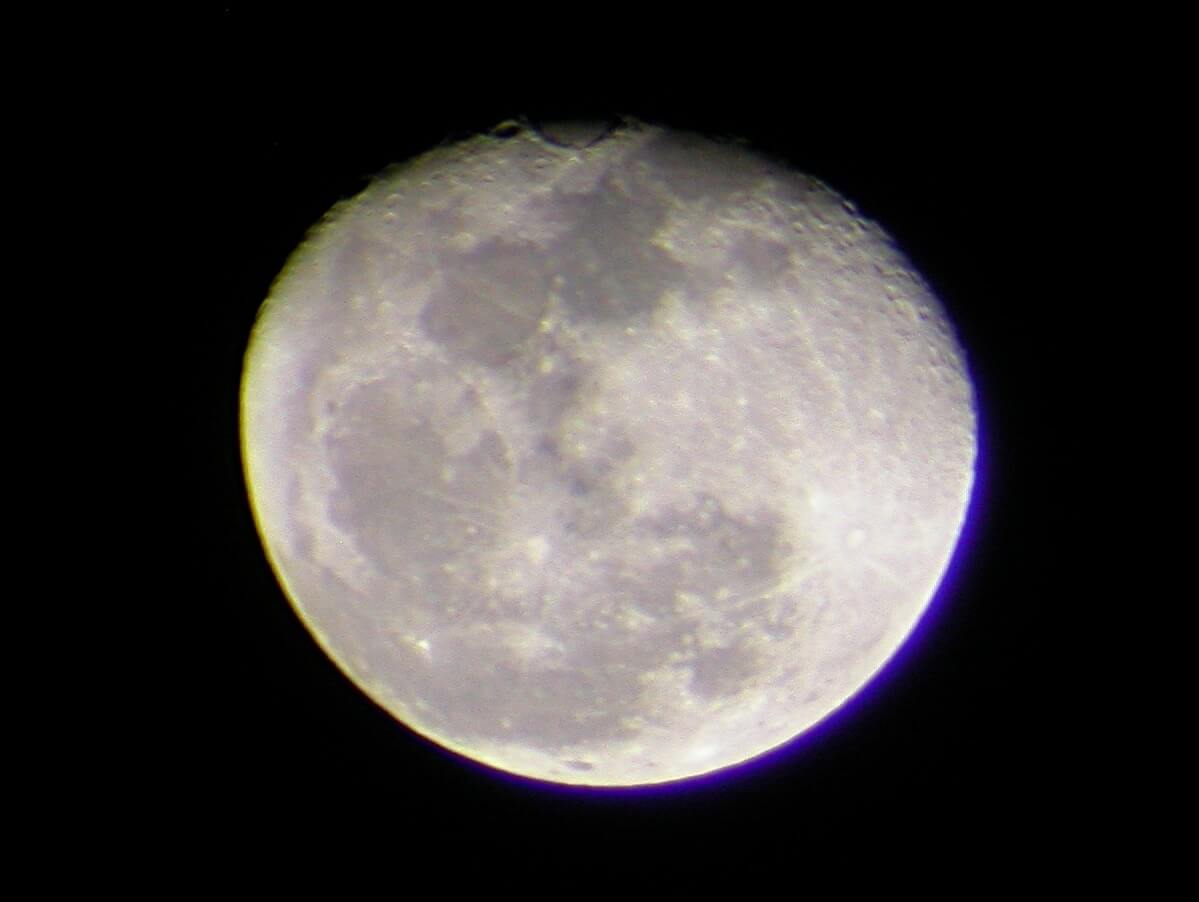
Magnification 15x, 16x
Magnification 15x or 16x delivers a much better experience in terms of astronomical observations.
It’s good only for simple astronomical observations.
For observing the moon it’s not bad but still not powerful enough not to mention planets and constellations.

Magnification 20x, 25x
Magnification 20x or 25x is a staring point for interesting observations of the moon and even satellites of some planets of the solar system.
If you expect to see Saturn rings or constellations I have to disappoint you.
You will not see them. The power is not enough for such serious astronomical observations.
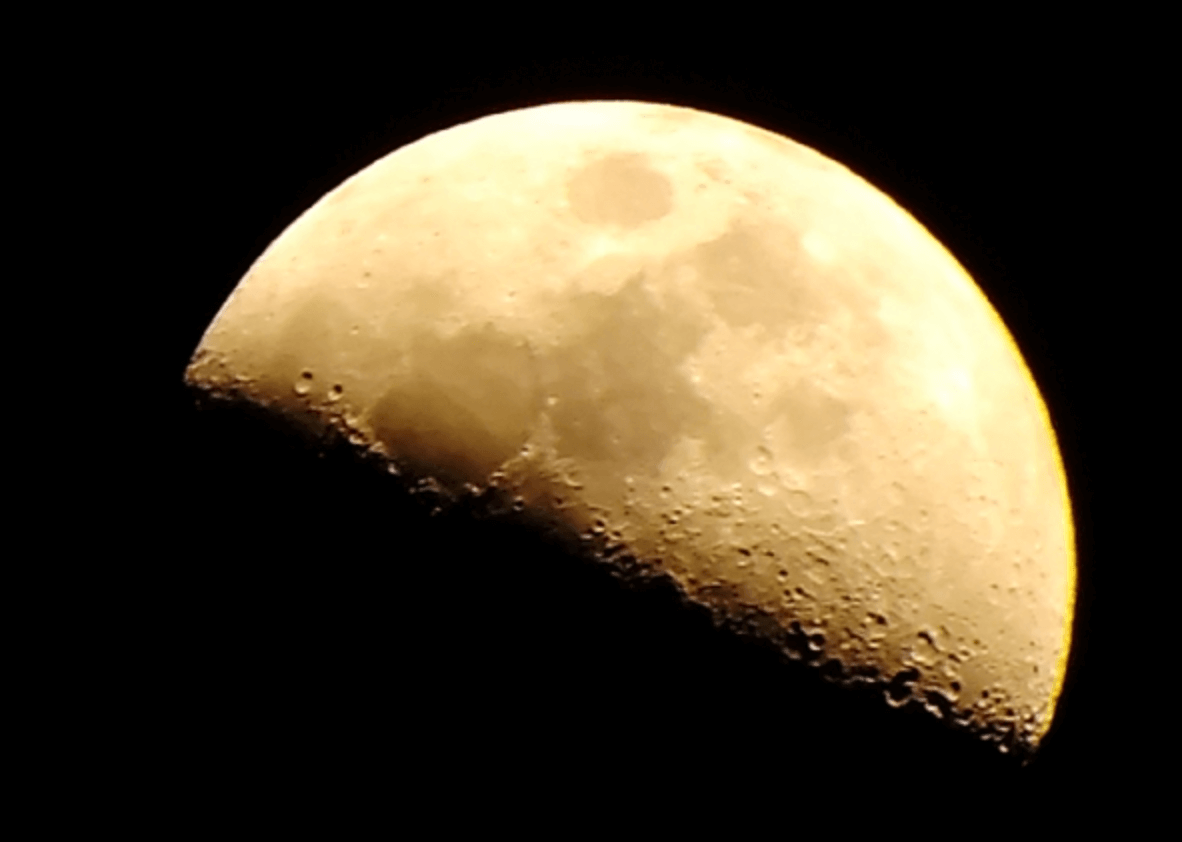
Magnification 40x, 50x
Binoculars with magnification 40x and 50x are very powerful and produced by such optical companies as Oberwerk, Orion.
They are very expensive BTW. With such powerful optical instruments you can see a big picture of the Moon and craters, even small ones.
Saturn rings can be seen too and some constellations as Andromeda.
This piece of optical instruments is very interesting.
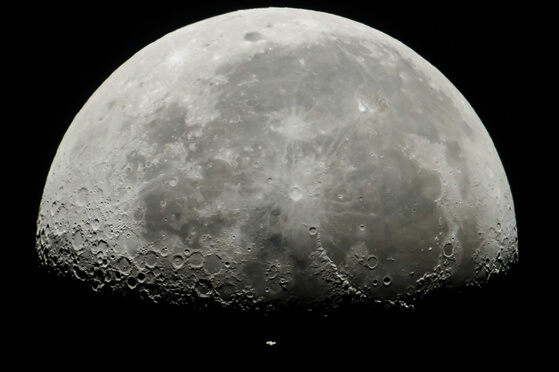
Magnification 90x
This powerful instrument with magnification 90x by Oberwerk gives you a huge power and you can see unbelievable picture of the Moon and craters.
Saturn rings or other satellites of the Solar system will be watchable easily.
This powerful optical instrument is for serious and very interesting astronomical observations. But it’s very pricey product.
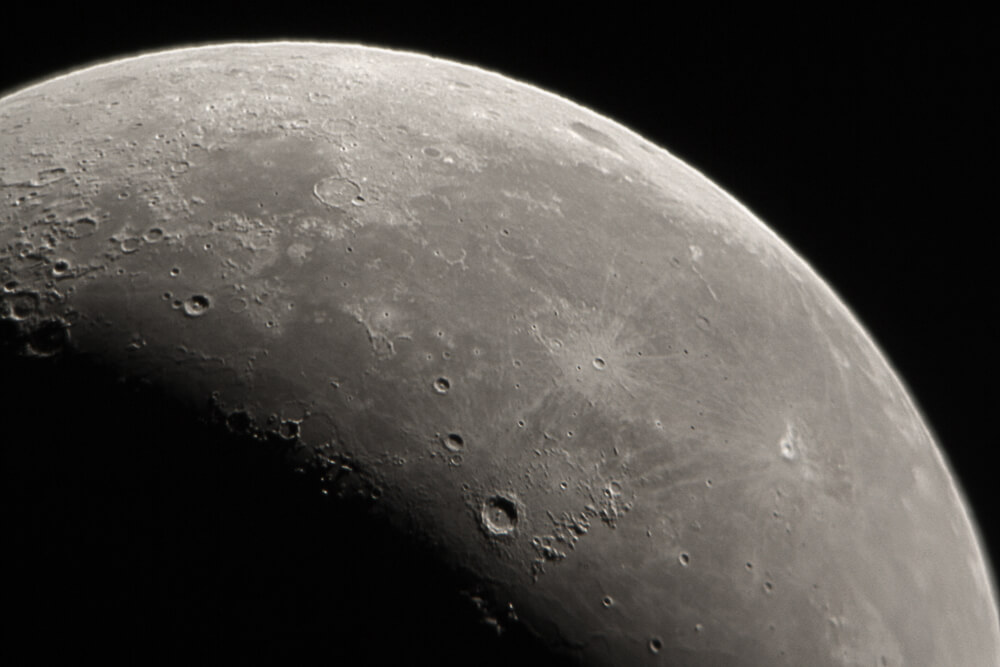
Monoculars
Monoculars even those with magnification 20x or 25x is not a good choice for astronomical observations.
Because observing with one eye can’t deliver a good experience.
It’s very different form binoculars. Monoculars are not powerful enough to observe the moon or planets.
I personally don’t like monoculars and never recommend them either for astronomical or simple observations.
Visually, the magnification power of monoculars is seriously decreased due to a single eye technology. Monoculars are less powerful than telescopes.
Telescopes ( Telescopes vs binoculars)
Telescopes though are not different from monoculars but have a very powerful magnification.
Telescopes (Gskyer, Celestron, Orion, Barska) have different magnification power, such as 50x, 100x, 150x thanks to which you can get a big picture of the Moon, craters, constellations and planets of our solar system.
They are less expensive than powerful Oberwerk or Orion binoculars.
But I personally prefer binoculars instead of a powerful telescopes.
Because by nature a human has two eyes and it is way more comfortable to watch using two eyes.
It is true that telescopes are more powerful than binoculars. But I would personally buy binoculars with magnification 40x or 50x rather than telescope with magnification 90x.
Because believe me, with binoculars you can get way more comfortable experience than with telescope based on a single eye technology.
That’s why powerful astronomical binoculars are way more expensive than telescopes.
If you are on a tight budget and need a powerful optical instrument for astronomical observations then you need to switch to telescopes.
There are many different binoculars that you can use for astronomical observations.
In this article I explained and showed on the screenshot what you can expect from different types of binoculars in terms of magnification power.
It’s clear that for serious astronomical observations you need a powerful optical instrument, such as magnification 40x or 50x at least. You can see even Saturn rings.
Anything less powerful than this will not be suitable for astronomical purposes.
Image stabilization binoculars
Image stabilization binocular is a very interesting product line.
Such an optical instrument has a special mechanism that keeps your binocular steady when looking through it.
Your hand movement becomes very insignificant and as a result you get a steady image when looking through binoculars.
Such binoculars have a magnification power up to 20x which is pretty good.
But this type of optical instrument is not for serious astronomical observations.





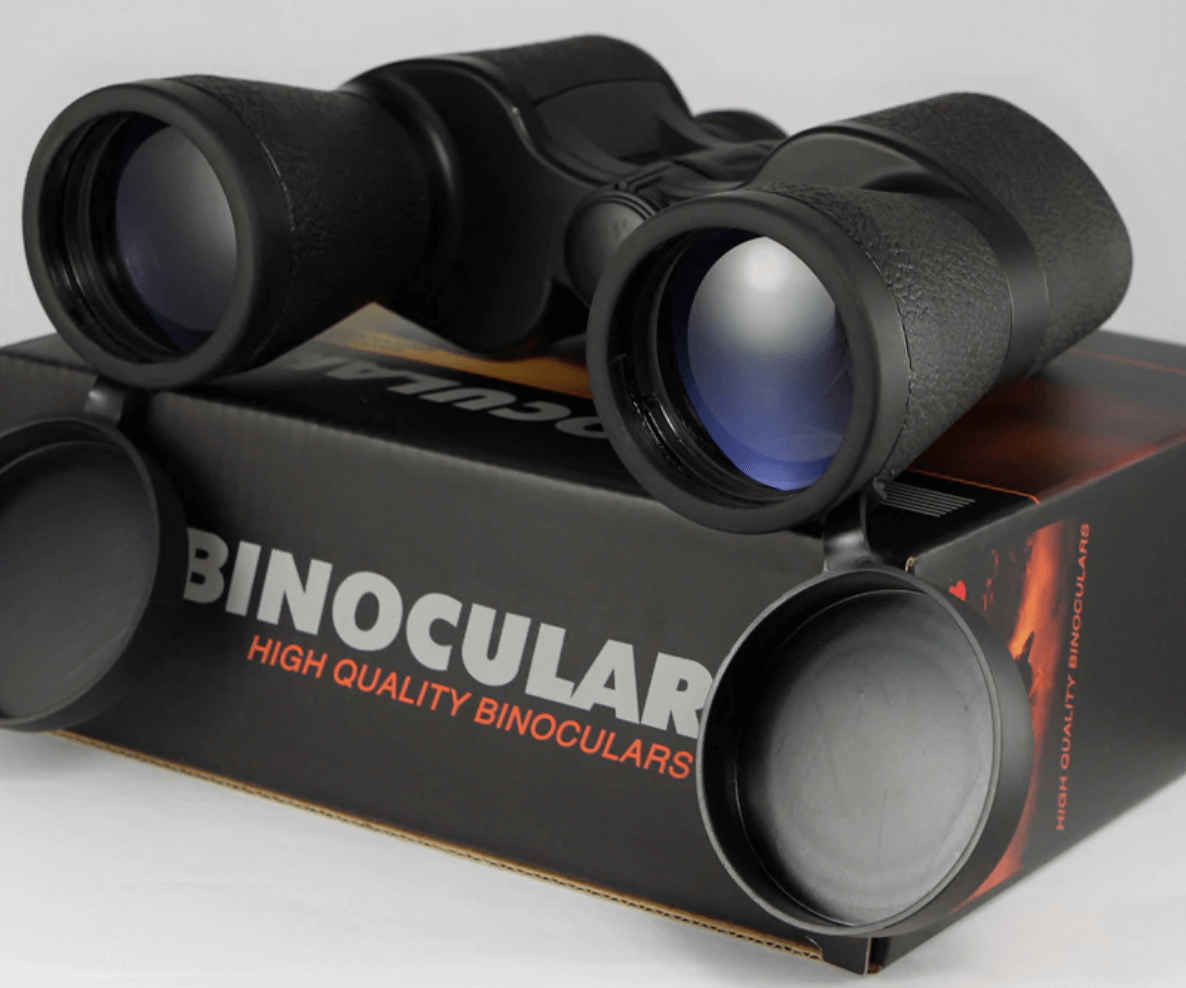

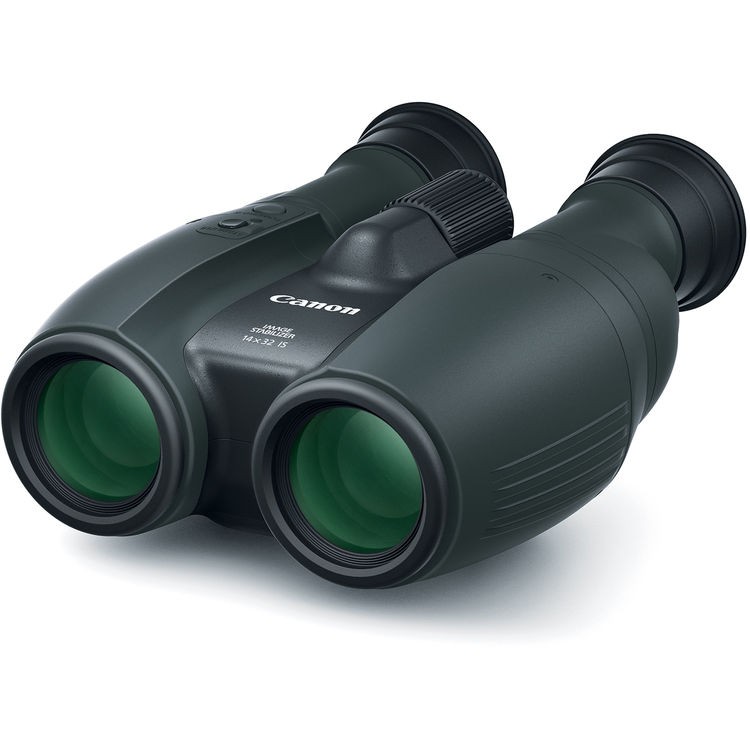
I have never made use of any optical instrument before because I wasn’t really fascinated by the thought but my son is an ardent lover of space and he wishes to learn more. He has been begging me for quite a while to get him binoculars but I have limited knowledge on it so I do not know what to buy but having read through this post, my knowledge has been enriched concerning the kind of binoculars I need to get for him.
I’m glad my article helped you with your decision. You definitely can buy Celestron binocular for astronomical observations. If you can afford I would recommend to choose binocular with magnification 25x at least. This is an optimal for astronomical observations. Check my recommended brands.
What a great article. I never realised that you could observe the moon and planets from binoculars. I love the images with the 20x, 25x magnification. I really am interested in this. How much do the binoculars cost for this magnitude? I am based in the UK how much do it cost for the binoculars to get shipped?
For astronomy I recommend magnification 25x. Check different models here. They have different prices. I recommend Orion Giant 25×100 or Oberwerk 25×100 or Celestron 25×100. They are very powerful and produce very good image quality. Shipping will cost you approx $10.